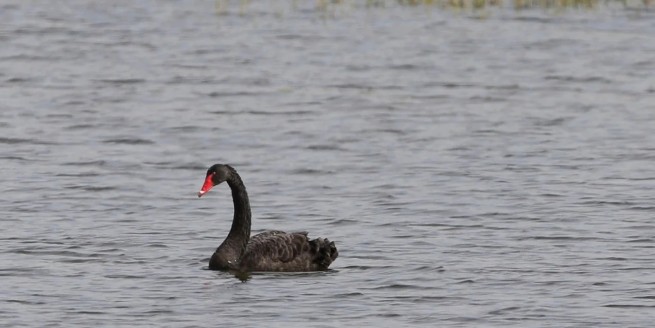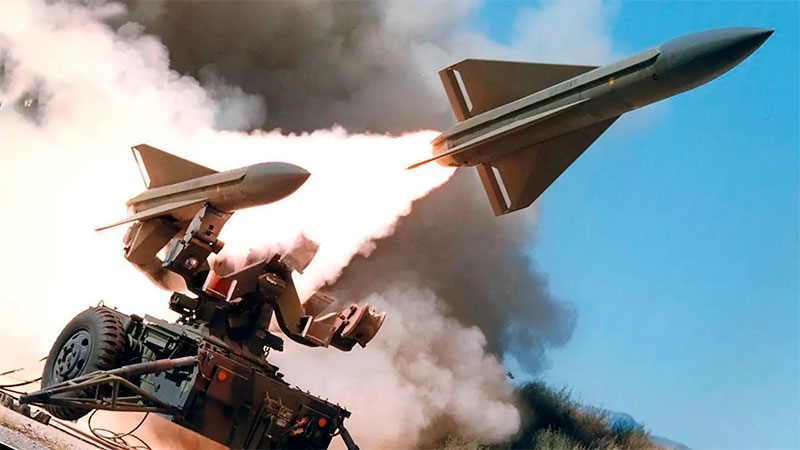Spain is sending medium-range anti-aircraft systems MIM 23-B Improved Hawk to Ukraine, similar to those used by Greece to protect the Balkan region and Thessaloniki (as part of two divisions 180 and 181 MKB).
This is the first time Hawk systems will be deployed to a high-intensity front in 30 years since the First Gulf War, and of course this mission becomes especially interesting in terms of whether they can succeed in a conflict environment. , which is dominated by UAVs and the unknown “X” conflict factor – Russian electronic warfare.
According to the message of the Minister of Defense of Ukraine Oleksiy Reznikov on his personal Twitter page, Spain has delivered four Hawk medium-range anti-aircraft missile systems to Ukrainian troops to counter Russian fighters, UAVs and missiles, which caused great damage to Ukrainian cities.
Ukraine To Receive HAWK, Aspide Surface-To-Air Missiles From Spain https://t.co/LKtqRbdcwg
— gersariel (@gersariel1) October 15, 2022
He emphasized that the delivery of HAWK air defense systems is the result of a political decision of the Spanish government, taken at the request of Kyiv, and noted that more systems of the same type are expected to be delivered in the near future.
In 2021, Spain carried out the first modernization of its anti-aircraft system under the so-called “FASE III”, replacing all analog systems with digital ones, as Greece did 20 years ago. True, it is not known whether modernized systems or older ones were delivered to Ukraine. Practice shows that most often obsolete equipment is sent to Ukraine.
The exact number of launchers sent to Ukraine is also unknown, but the Greek army has 42 MIM 23-B Improved Hawk air defense systems in 7 divisions. Each division consists of two fire divisions, each equipped with three triple-missile launchers.
It should be noted that these systems constitute the main air defense of Athens and Thessaloniki. Theoretically, they also have anti-missile capabilities, although this system is over 50 years old and, despite modernization, there are doubts that it will cope with modern missiles.
There are quite a few who claim that the protection provided by the MIM 23-B Improved Hawk in Greece is purely theoretical as they should have been replaced by at least 2015 as their last upgrade didn’t give them more than 10 years operational resource.
Most of the missiles have expired, and the potential adversary (Turkey) has evolved in terms of doctrine, methods of attack, and especially weapons. Remember that their replacement program, called the NBCAEs, started in 2000! It should be noted that at that time the Turks deployed Hawk systems at the Libyan Al-Vatiya airbase, which fell victim to airstrikes by far from the most modern Egyptian MiG-29s and Mirage 2000-9 from the UAE, as a result of which three systems (on July 4 and 26, 2020) were destroyed. Of course, Turks worked there, but Ukrainians will work here, and this has its own meaning.
HAWK medium-range anti-aircraft systems have been in service since August 1960 and have gone through a number of modernization programs to remain reliable and combat-ready. Although the name of the system appears to be derived from the word for “hawk” (HAWK), it actually consists of the initials “Homing All the Way Killer”.
It provides protection against aircraft and helicopters, unmanned aerial vehicles and cruise missiles at medium and low altitudes. The HAWK has been associated with the US Marines as it has been their primary air defense system since the early 1960s and has undergone a series of upgrades with the latest phase III to provide increased firepower, reliability and maintainability. A wide range of air defense capabilities through the use of computers.
Specifications
Length 3.81 m
Diameter 3.84 cm.
Weight 635 kg
Maximum speed 800 m/s
Maximum range 24k
The maximum height is 9.14 thousand meters.
The HAWK system was developed in the USA in 1951 and has since been constantly improved and supplemented to fully meet the requirements of the modern battlefield. It first appeared as BASIC HAWK, and then, as part of the HIP modernization program (HAWK IMPROVEMENT PROGRAM), it went through several stages (phase I, phase II, phase II RAM, phase III, phase III mobility increase).
HAWK systems in the Greek army
The first HAWK systems were received by the Hellenic Army (ΕΣ) in 1965 and amounted to 180 MK/B. The operational and technical staff of the squadron was trained in the United States in 1964. The squadron received the main equipment and completed its formation in 1965, and in the first half of 1966 was transferred to the areas of the Attica and Evia basins, where it is located to this day.







More Stories
There will be no forced return of Ukrainian men from abroad; the e-office for those liable for military service will start working on May 18
Will Europe forcibly return Ukrainian draft dodgers?
Xi Jinping's leverage: can China encourage Putin to stop the war in Ukraine